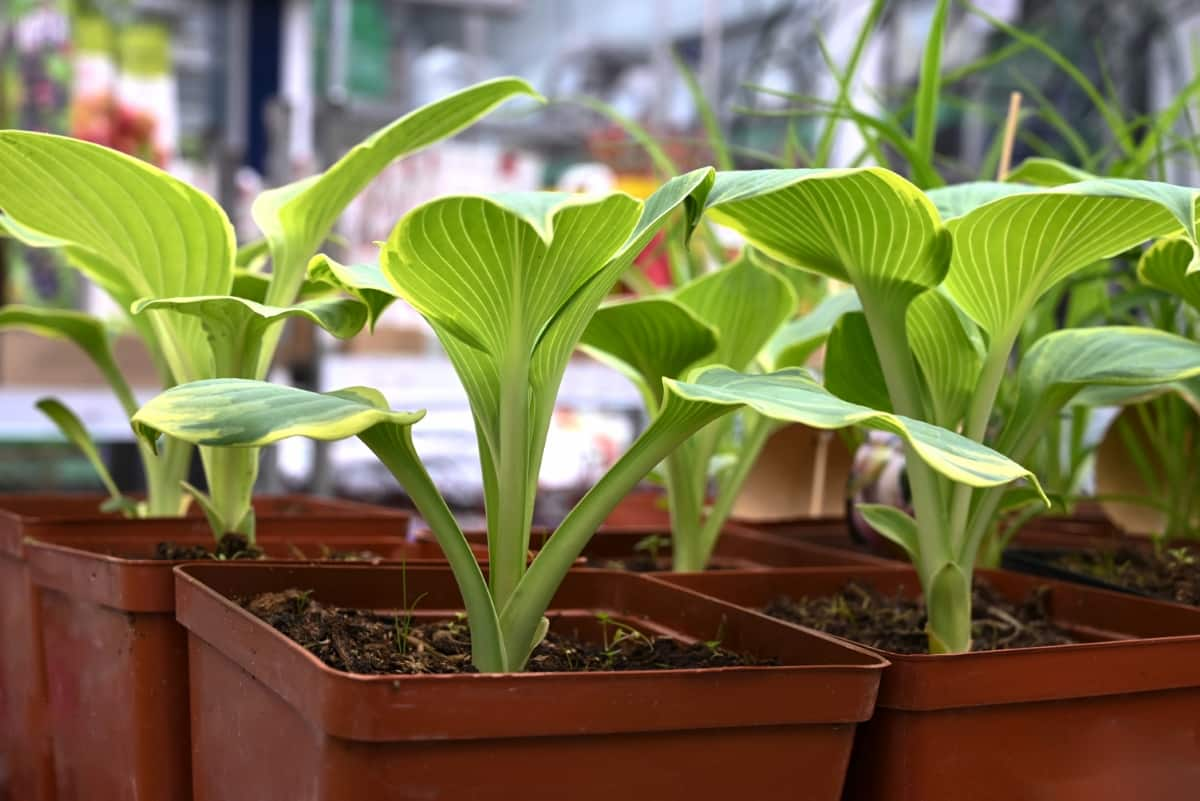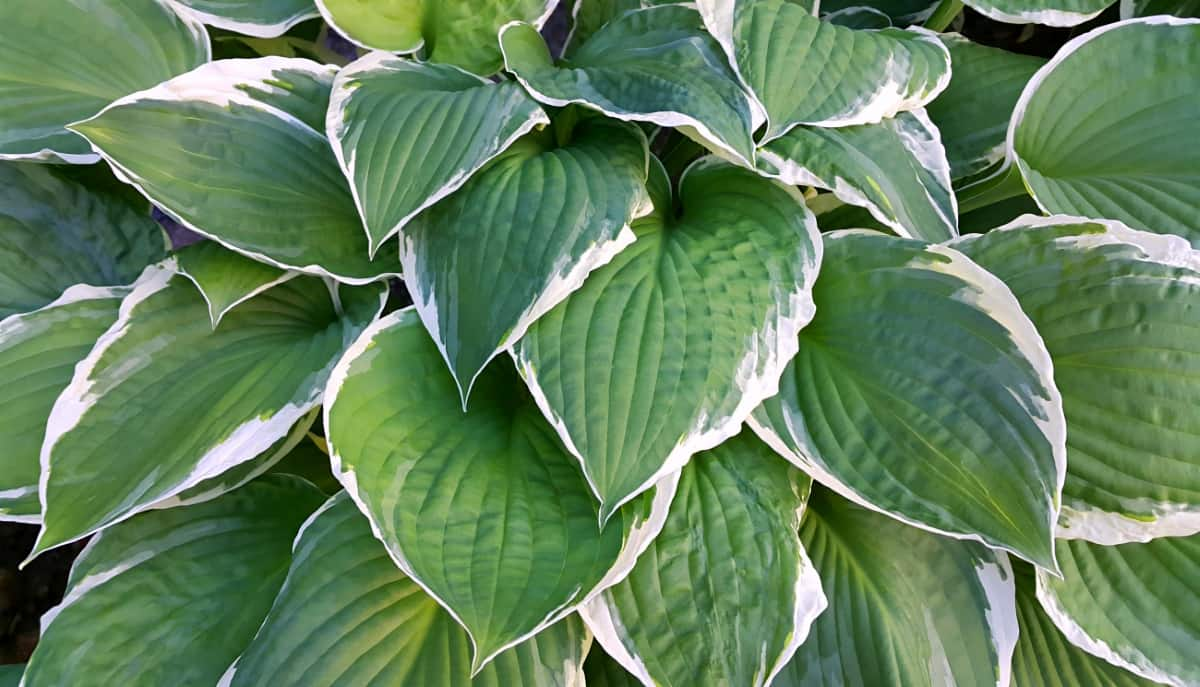Hostas, the go-to plant for many garden enthusiasts, can bring a verdant charm to any garden. They’re known for their spectacular foliage, easy maintenance, and the ability to thrive in shaded areas. Caring for hostas might seem a little challenging from a beginner’s perspective. Adhering to this manual will effectively instruct you on the essentials of cultivating, nurturing, and maintaining hosta plants.

How to Grow and Care for Hosta
Choosing the Right Location and Soil for Hosta Plants
The first step to creating a thriving hosta garden is to find the ideal spot. While hostas are typically shade-loving plants, not all varieties are the same. Some require more shade than others, while some can tolerate a bit of sun. But generally, a place with morning sun and afternoon shade is perfect for most hosta varieties. Avoid areas where the hot afternoon sun can scorch the leaves.
The right soil is another crucial aspect for the successful growth of hostas. Preference is given to well-draining soil abundant in organic matter, as it maintains the desired moisture levels without excessive water retention. In cases where the garden soil consists of heavy clay, enhancing its texture and drainage can be achieved by incorporating organic matter such as compost or well-decomposed manure. This will enable the soil to retain an appropriate amount of water while avoiding waterlogged conditions.
Preparing the Soil for Optimal Hosta Growth
Before you plant your hostas, make sure to prepare the soil properly. To begin, ensure the designated area is free from weeds and grass, as they can hinder the access of water and nutrients to your hostas. Following the clearing process, dig a hole that exceeds the width of the hosta’s root ball.
Next, enhance the soil extracted from the hole by incorporating compost or thoroughly decomposed manure. This practice will provide ample nutrients for the hostas and enhance the overall structure of the soil. Additionally, if your soil composition leans towards being excessively sandy or predominantly clayey, the addition of organic matter will also enhance its moisture retention capacity.
Watering and Irrigation Tips for Healthy Hosta Plants
Hostas require a consistent supply of moisture to stay healthy. However, you should water them sparingly. Instead, water your hostas deeply once or twice weekly to ensure the moisture reaches the roots. One handy tip is to water in the early morning. Plants can absorb water before it evaporates due to the day’s heat. Also, avoid watering the leaves, as wet foliage can encourage disease.
Sunlight Requirements and Shade Options for Hosta Varieties
Different hosta varieties have different sunlight requirements. Many thrive in the shade, but some varieties can tolerate more sun than others. Generally, hostas with lighter-colored leaves can tolerate more sunlight than those with darker leaves. You can use other plants or structures to shade your hostas if your garden receives much sun. For instance, planting hostas under the canopy of taller plants or structures can create a suitable environment for them.
Fertilizing Schedule and Methods for Vibrant Hosta Foliage
Fertilizing your hostas can help them produce vibrant, healthy leaves. An easy way to remember the schedule is to fertilize once in the spring and once in the summer. You can use a slow-release granular fertilizer for this purpose.
When applying fertilizer, it is essential to adhere to the instructions provided on the packaging in order to prevent excessive fertilization. Following these guidelines will help ensure optimal fertilization practices and prevent any potential negative effects. Also, avoid getting fertilizer on the leaves as it can cause them to burn. Instead, apply the fertilizer around the base of the plants.
Pruning and Dividing Techniques for Maintaining Hosta Plants
Pruning your hostas can help maintain their shape and health. You can prune any dead or damaged leaves throughout the growing season. Pruning these leaves helps direct the plant’s energy into growing healthier and stronger. Dividing hostas is a way to control their size and spread. Hostas can be divided every three to five years, ideally in the spring or fall when the plant is not actively growing.
In case you missed it: How to Grow and Care for a Christmas Cactus Houseplant: Instructions for Beginners

To propagate, excavate the entire plant and meticulously slice through the root cluster, thus generating multiple smaller plants. Each new plant should have at least two or three shoots to ensure it can grow successfully.
Identifying and Controlling Common Pests and Diseases of Hosta
Like all plants, hostas are susceptible to pests and diseases. Common pests include slugs, snails, and deer. You can deter slugs and snails with barriers such as crushed eggshells or copper tape. As for deer, fencing or using deer-resistant plants nearby can help.
The most common diseases of hostas include leaf spots and crown rot. Leaf spots can be dealt with by removing and disposing of the affected leaves. Crown rot is a more serious issue and can kill the plant. If you notice rotten, mushy areas at the base of the plant, it’s best to remove and dispose of the affected plant to prevent the disease from spreading.
Mulching and Weed Control Strategies for Hosta Beds
Mulching hosta beds is a great way to conserve moisture, regulate soil temperature, and control weeds. To protect your hostas, spread a layer of organic mulch measuring 2 to 3 inches in thickness. However, remember to avoid stacking it directly against the stems, as this may cause rotting. Weeds can be a nuisance in hosta beds, competing with your plants for water and nutrients. Regular weeding is the best strategy. Pull out any weeds you see, making sure to get the root. If weeds are a persistent problem, consider using a weed barrier cloth under your mulch.
Winter Care and Protection for Hosta Plants
As the cold winter months approach, preparing your hostas for the season is essential. Once the leaves have yellowed and died back, you can cut them off at the ground level. This helps prevent diseases from overwintering on the leaves and infecting the plants in the spring. Mulch can also act as a layer of insulation, protecting the roots from freezing temperatures.
Monitoring Growth and Development of Hosta Plants
An additional crucial step is closely monitoring your hostas’ growth and development throughout the growing season. This involves regularly inspecting the foliage, stems, and the surrounding soil. Look for signs of growth, like new shoots or leaves, indicating your plants are healthy.
In case you missed it: How to Grow and Care for Butternut Squash: A Comprehensive Guide for Beginners

On the flip side, keep an eye out for changes in leaf color, holes in the leaves, wilting, or a slowdown in growth. These could be signs of pest infestations, diseases, or unsuitable growing conditions. Early detection of any issues enables you to take quick corrective measures, ensuring your hostas remain vibrant and healthy.
Conclusion
Taking care of hostas is a fulfilling hobby, and with the right knowledge, anyone can successfully grow these charming plants.
- Feed Your Flock for Less: Top 10 Tips to Save on Chicken Feed
- Ultimate Guide to Ossabaw Island Hog: Breeding, Raising, Diet, and Care
- Hatching Answers: The Top 10 Reasons Your Chickens Aren’t Laying Eggs
- Eggs and Economics: Breaking Down the Cost of Raising Backyard Chickens
- Defend Your Greens: Proven Methods to Keep Iguanas Out of Your Garden
- Ultimate Guide to Cinnamon Queen Chicken: A Comprehensive Guide for Beginners
- Ultimate Guide to California Tan Chicken: Breeding, Raising, Diet, Egg-Production and Care
- Ultimate Guide to Marsh Daisy Chicken: Breeding, Raising, Diet, and Care
- 10 Types of Chicken Farming Businesses You Can Start for Profits